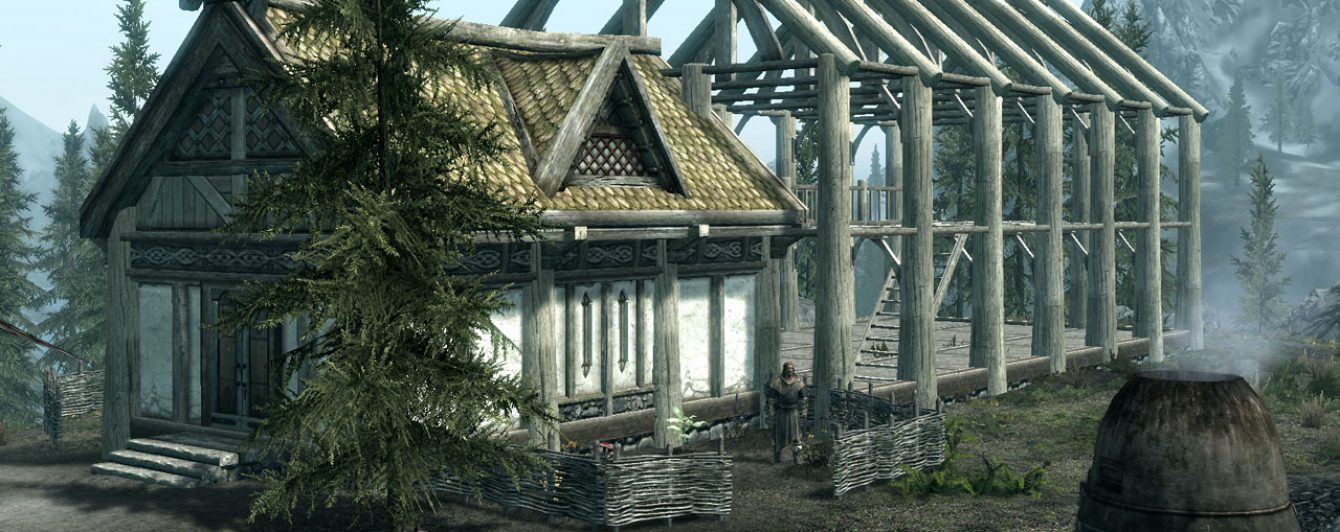Dear Esther and Gone Home
Richard Bell describes “Gone Home” as a game with a historical narrative and as a means from which we can learn from the past. On the other hand, Bell portrays “Dear Esther” as a literary source where the player must learn through the poetic literature presented in throughout the game.
I agree with this distinction having played both games and I find both ways to be effective because both games try to convey different techniques of gameplay. Although it was difficult at times in Dear Esther to know exactly who was narrating, that in itself was motivation to finish the game so that I could find answers at the end. Unfortunately, I was as confusing, if not, more confused after the conclusion of the game.

